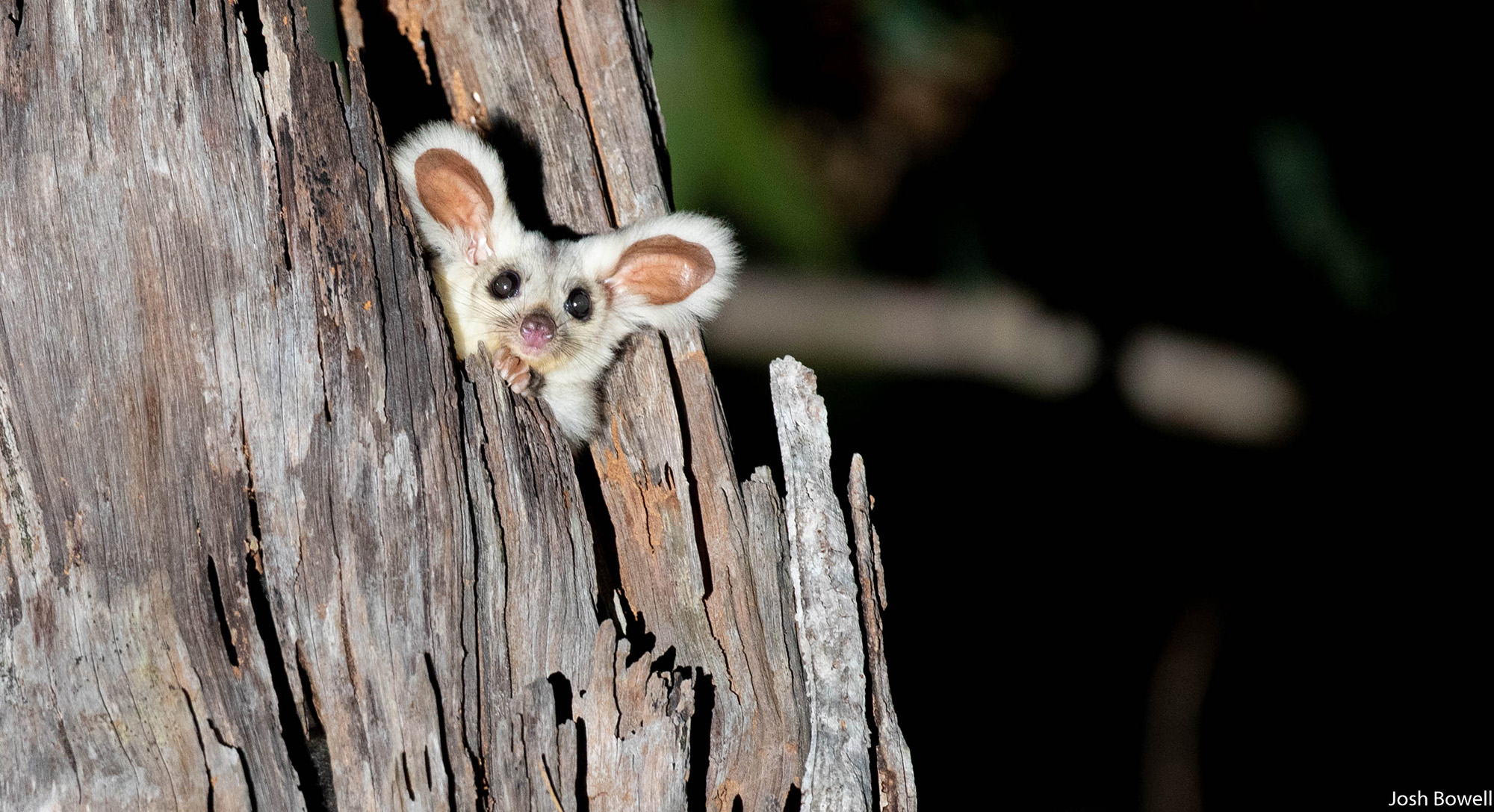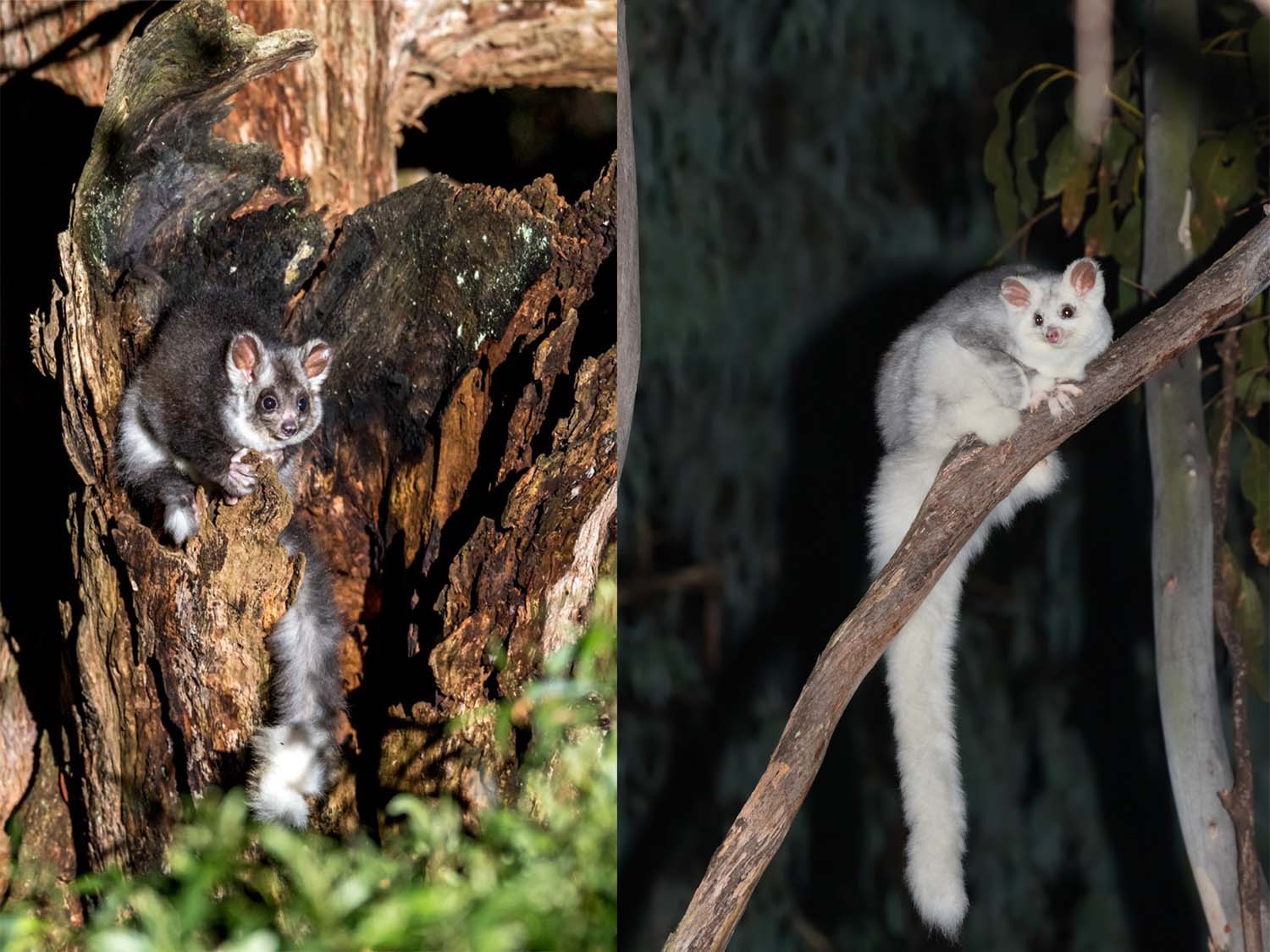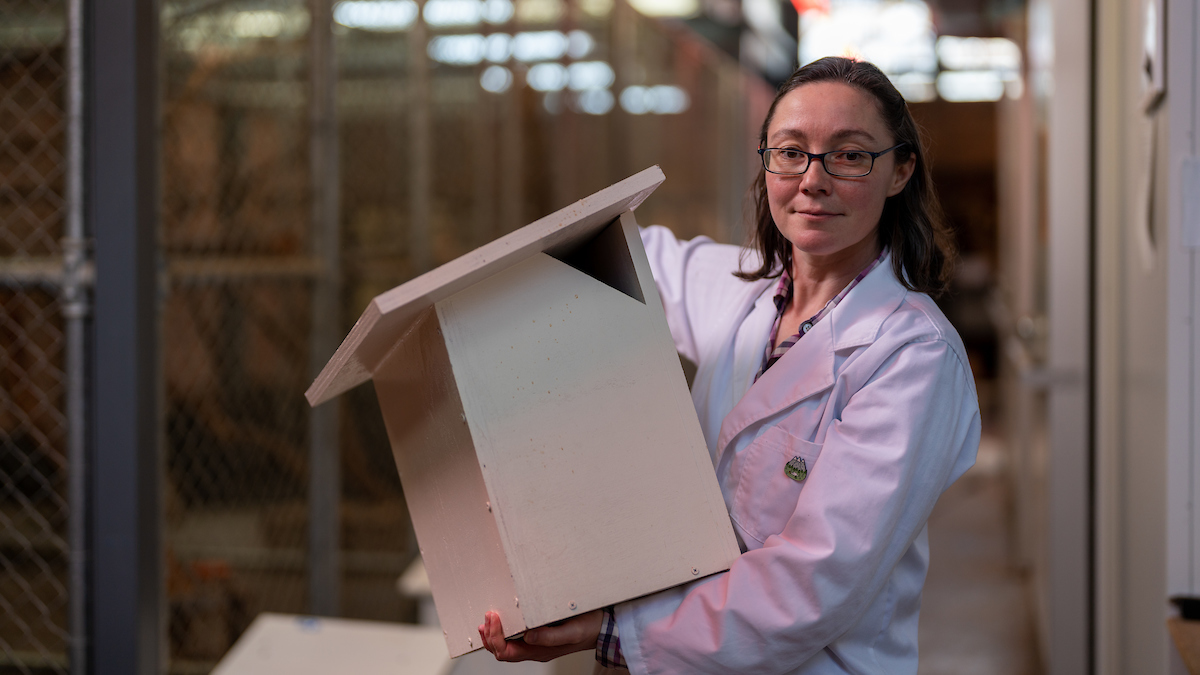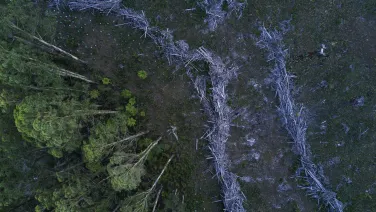
It’s arguably the cutest Australian animal, so why have most of us never heard of it?
Picture a lemur crossed with a super fluffy cat. It’s an outrageously adorable but mysterious, leaf-munching creature that looks like a muppet. Oh, and it can soar up to 100 metres through the air.
That’s what a greater glider is, says Dr Kara Youngentob from the ANU Fenner School of Environment and Society. They’re a combination of “strange parts stuck together: enormous ears, little button eyes, a ridiculously long tail, and a body that looks bigger than it is because they're so incredibly fluffy. They also have the sweetest disposition.”

This intensely cute fluff-ball can be found in eucalypt forests across the eastern states of Australia.
When people hear the word glider, they often assume we are talking about the smaller, more energetic sugar glider. What they don’t realise is that there is an unrelated, even greater glider!
Why is it that most people don’t know these amazing animals exist?
Normally, people can’t get enough of Australia’s slightly odd, but cute, native animals. The koala, quokka and wombat shouldn't get all the glory. And no shade to the koala, but can a koala glide the length of a rugby field, from tree to tree, like a superhero?

Credit: Patrick Giumelli/WWF
“Just before leaping from a tree, greater gliders put their forearms up like Wonder Woman deflecting a bullet with her wrist shields,” Dr Youngentob says. “This stretches out the membrane that connects their elbows to their legs and allows them to glide incredible distances across the forest.” They are fearless base-jumpers with a built-in parachute.
The greater glider should be a cape-wearing mascot for Australia. Their image should be embossed onto our coins. Our children’s alphabet books should read ‘G is for Greater Glider’.
I mean, how could we overlook this face?
But that’s exactly the problem, Dr Youngentob says: they are so difficult to get a look at.
They only come out at night because they are nocturnal. You need a spotlight to find them in the forest. They live so high in the canopy that often all you can see is their shining eyes reflecting your torch light.
They like undisturbed, old-growth forest and humans don’t usually live in those places. We also rarely walk around a forest at night. While you’re trudging through the bush during the day, the gliders keep cosy and safe in big old tree hollows, hidden from people (and predators).
They’re also way too finicky about their eucalypt diet to thrive in zoos and wildlife sanctuaries, places where the public often connects with animals across the globe. So, despite being so inherently likeable, most people haven’t had a chance to get to know them.
But with the ongoing challenges of deforestation and climate change, the greater glider needs more hype.
Greater gliders rely on tree hollows – which can take 50 to 100 years to form – for shelter and nesting. The old growth forests where you find these hollows are disappearing.

“Animals are a product of their environment. So, greater gliders are the solution to living in a eucalypt forest,” says Dr Youngentob. “It's just fascinating. Their body, their adaptations, what they do and how they do it is all the product of living in these magnificent forests.”
Unfortunately, in addition to losing the hollows they need, the climate is changing faster than they can. Greater gliders are suited to cool, wet forests, and they don’t cope with the extreme heatwaves and droughts that are becoming more frequent due to climate change.
So how can we grow the greater glider fan club? Eco-tourism can help, says Dr Youngentob, as long as it's done in a way that minimises impact.
“I try to take people out spotlighting every chance I get, because how do we care about something unless we know about it?” she says. “I can't, with a good conscience, spend my life studying something that makes me so happy, and then not share it with other people.”
Scientists are still scratching the surface of what they know about these animals too. We didn’t have genetic evidence until last year that there are actually at least three different greater gliders.
Now we know how incredible greater gliders are, it's time to celebrate and protect our fluffy forest-dwelling friends. If we do nothing they're heading on the way of the Tasmanian Tiger. Let’s not let this iconic Australian sweetheart finally become famous only when it’s too late.
Header image credit: Josh Bowell, CC 4.0



